Austria Art & Culture, Cities
Walk in the footsteps of royalty in this enchanting Austrian spa town
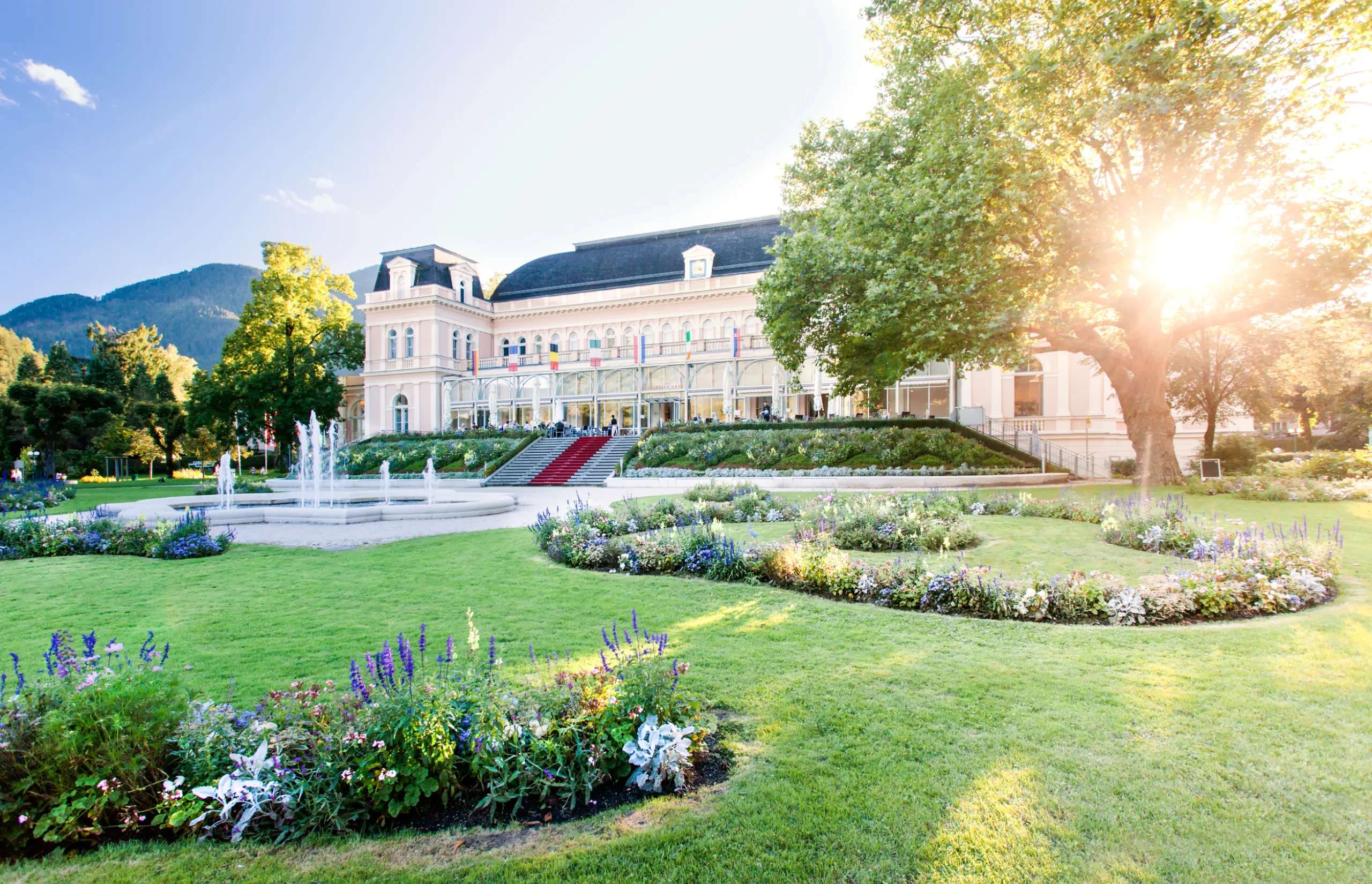
The Austrian spa town of Bad Ischl has been the playground of royalty for centuries – for good reason. And in 2024, it gains the added notoriety of being named part of Europe’s Capital of Culture
The Kaiservilla has seen its fair share of action. Wars have been fought around it. Weddings celebrated in it. Kings and queens have graced its grounds. The world’s greatest architects and artists have been called in to decorate regal spaces. But for all its grandeur – and it is an imposing building – it remains a home. And its resident is Archduke Markus Emanuel Salvator, the great grandson of Emperor Franz Joseph I and Empress Elisabeth of Austria, known as Sisi (now the subjects of popular Netflix period drama, The Empress).
Markus’ grandchildren are running up and down the stairs of the imperial villa – now part museum – when I visit, completely oblivious of the beautiful heirlooms and costumes, elaborate dining room and fine furniture they dart around. Unfazed by the fact their playground is one of the region’s most stories mansions. But its significance is not lost on me.
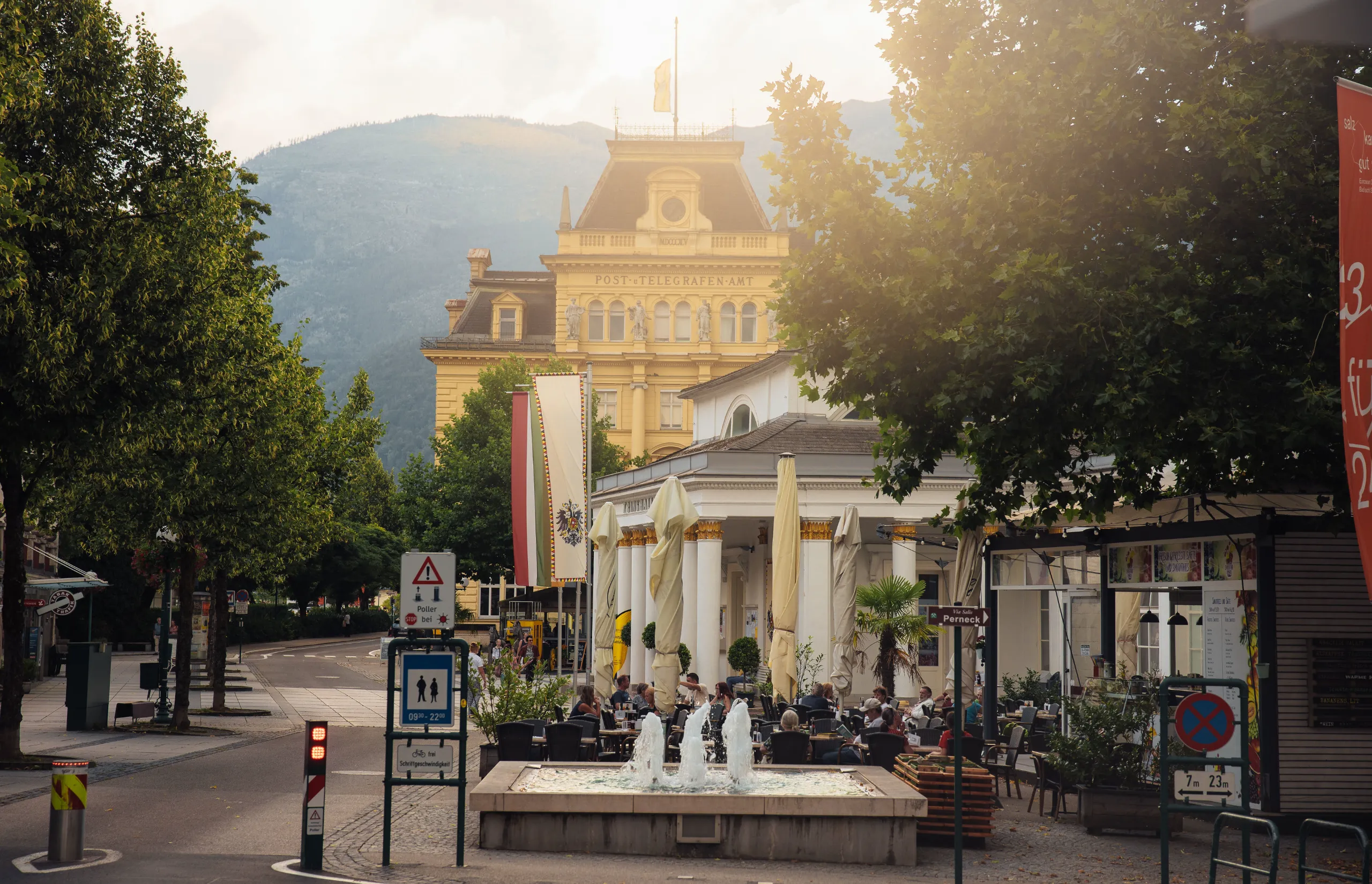
History in the making
For close to a century, the glorious property was the summer abode of Franz (on the Habsburg throne for 68 years) and Sisi – it was gifted to them as a wedding present, and they retreated here annually to escape the heat of Austria’s big cities while soaking in the region’s legendary mineral brine baths. Franz rightly described the place as “heaven on Earth”.
The Neoclassical Kaiservilla – crafted in the shape of an ‘E’, as an homage to the Empress – is surrounded by the impossibly serene gardens, all backdropped by the jagged backbone of the Austrian Alps. It sits proudly in the heart of Bad Ischl, a riverside spa town just 50 kilometres east of Salzburg. This is the gateway to the 76 sapphire-blue Alpine lakes and mountains of Salzkammergut, a region whose name translates as ‘salt domain’, a nod to a local salt-mining tradition that dates back 7,000 years. And despite its proximity to the European country’s prominent cities, it remains indelibly atmospheric – a place where your pulse slows when you wander the cobbled streets in the company of dirndl-clad women.
Artists, philosophers and musicians find the destination inspirational as well: Johann Strauss had a holiday home in Bad Ischl; Franz Lehár wrote operettas (most notably The Merry Widow) here; and Sigmund Freud and Alfred Nobel both tested its waters.
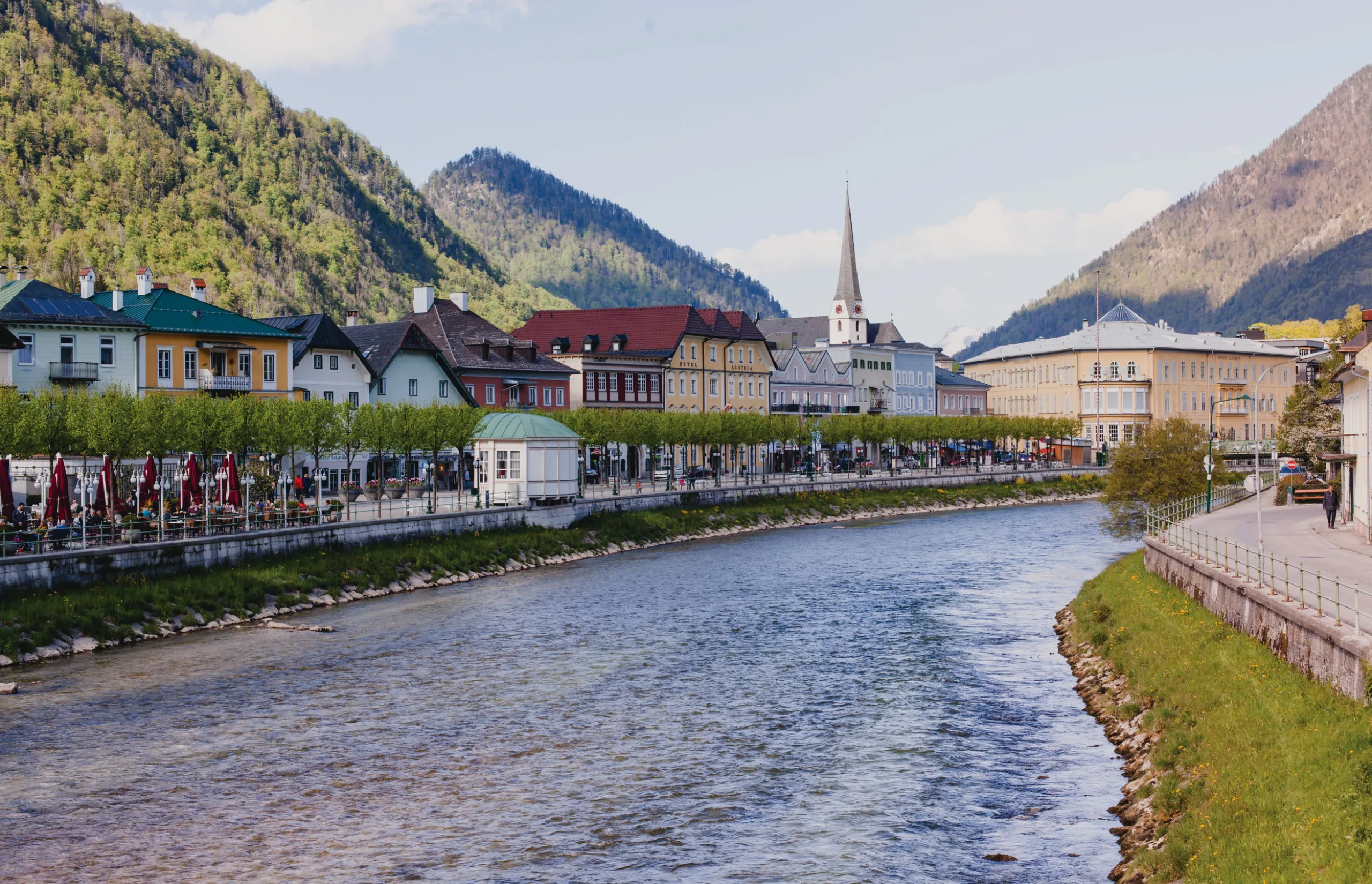
As good as it gets
The locals know they’re onto a good thing. It’s a weekday when I arrive. But the sun is out, and that means a beer under leafy trees along the gently flowing Traun is essential. At 11am. This liquid gold is big business in Bad Ischl, and has been for as long as the town has existed. In fact, under the city lies the Salzkammergut Sandstone Beer Cellar, a 500-year-old cold storage area chiselled into rock that shows traces of the Ice Age. It’s thanks to this union of history, royalty and pastoral charm that the entire region was anointed one of three 2024 European Capitals of Culture, with Bad Ischl the banner town – the first rural, Alpine destination to wear the mantle.
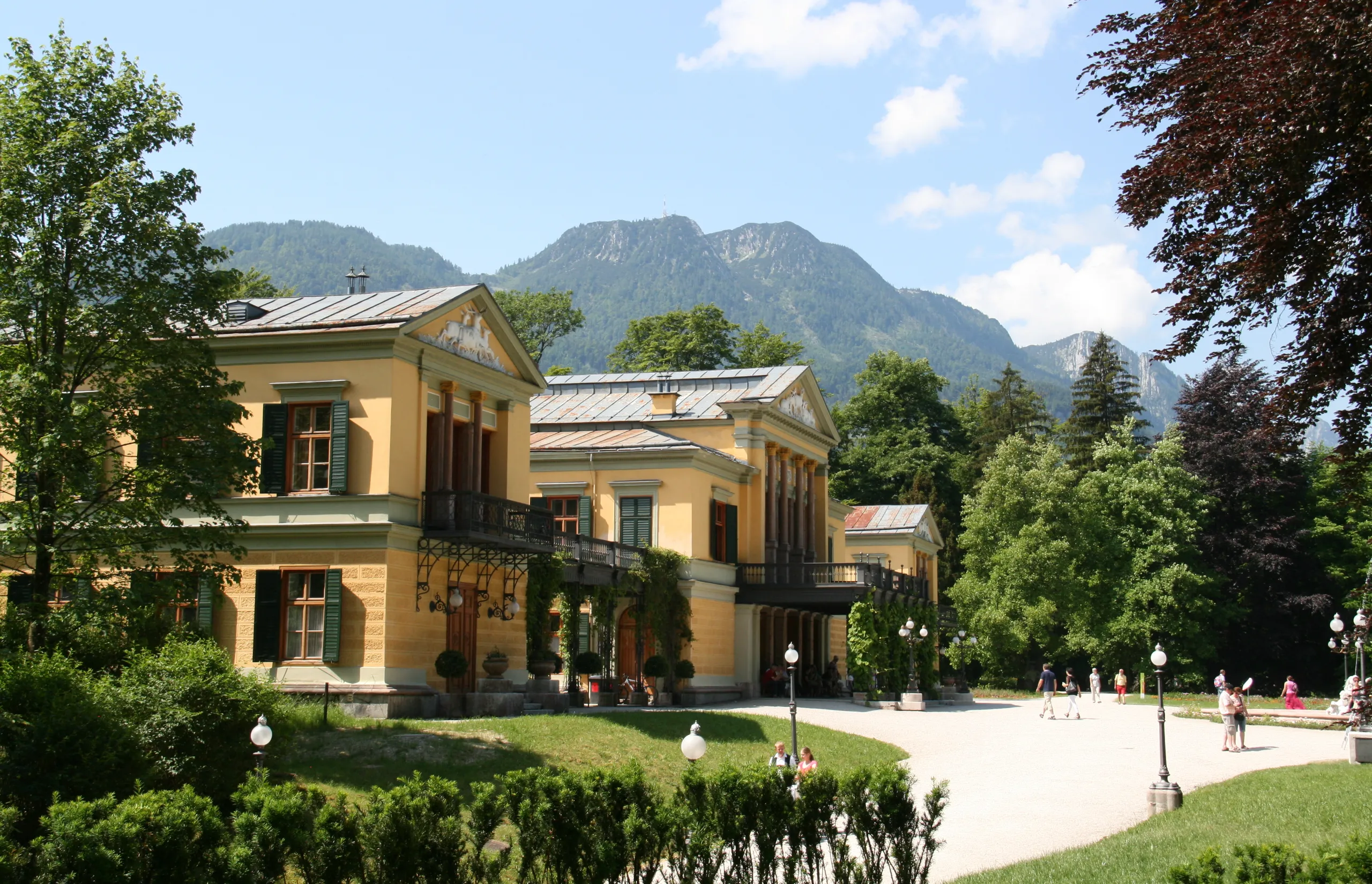
During the year and beyond there’s a bountiful showcase of contemporary arts hosted in unique venues. Like the defunct brewery that has been transformed into a gallery for Japanese artist Motoi Yamamoto, who creates mosaics in salt. And on the Kaiservilla grounds, Chinese creative Ai Wei Wei has erected a series of eye-catching commissioned zodiac sculptures, and has an entire marbled cottage – where Sisi once took afternoon tea – dedicated to his earlier works.
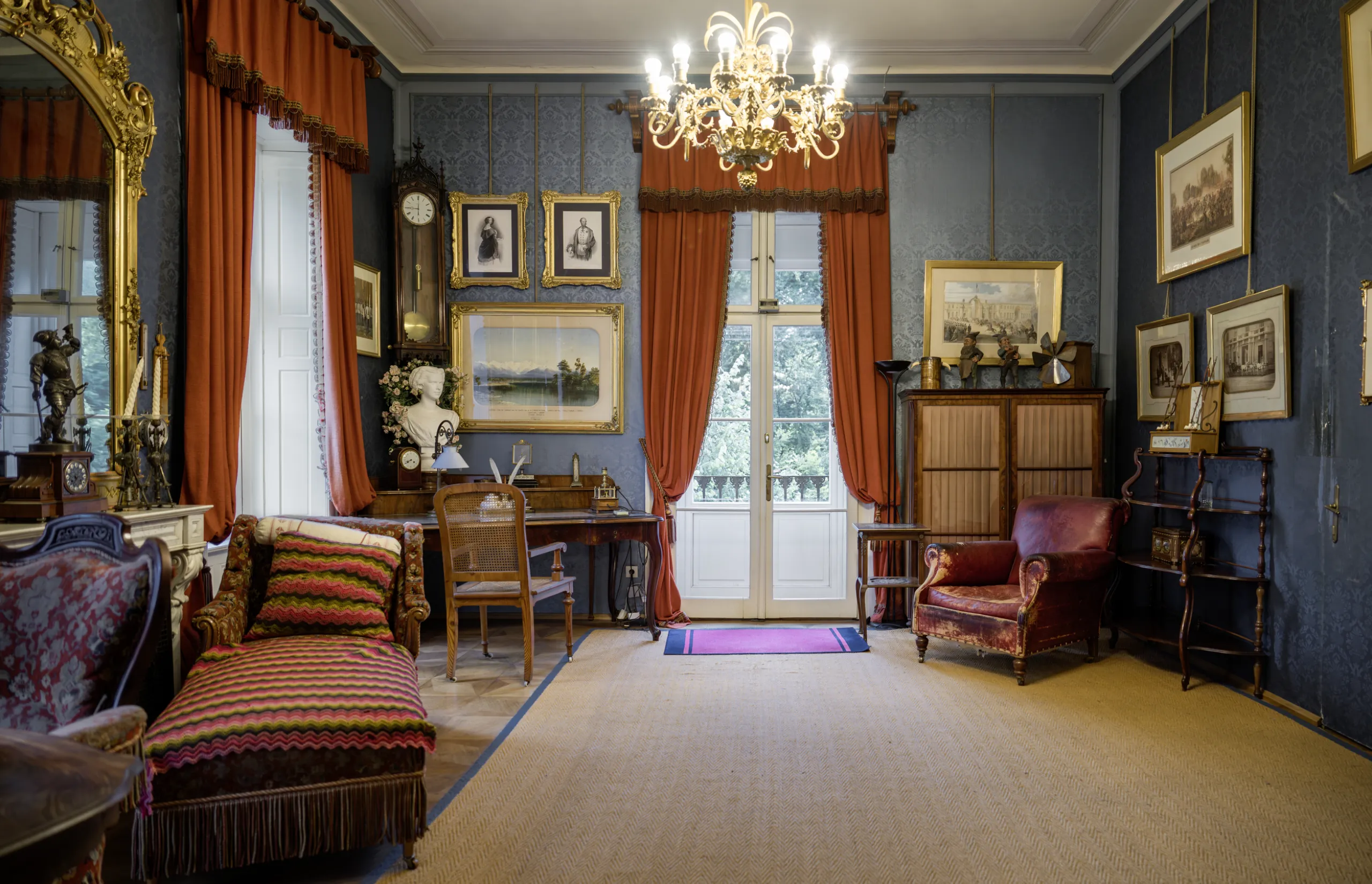
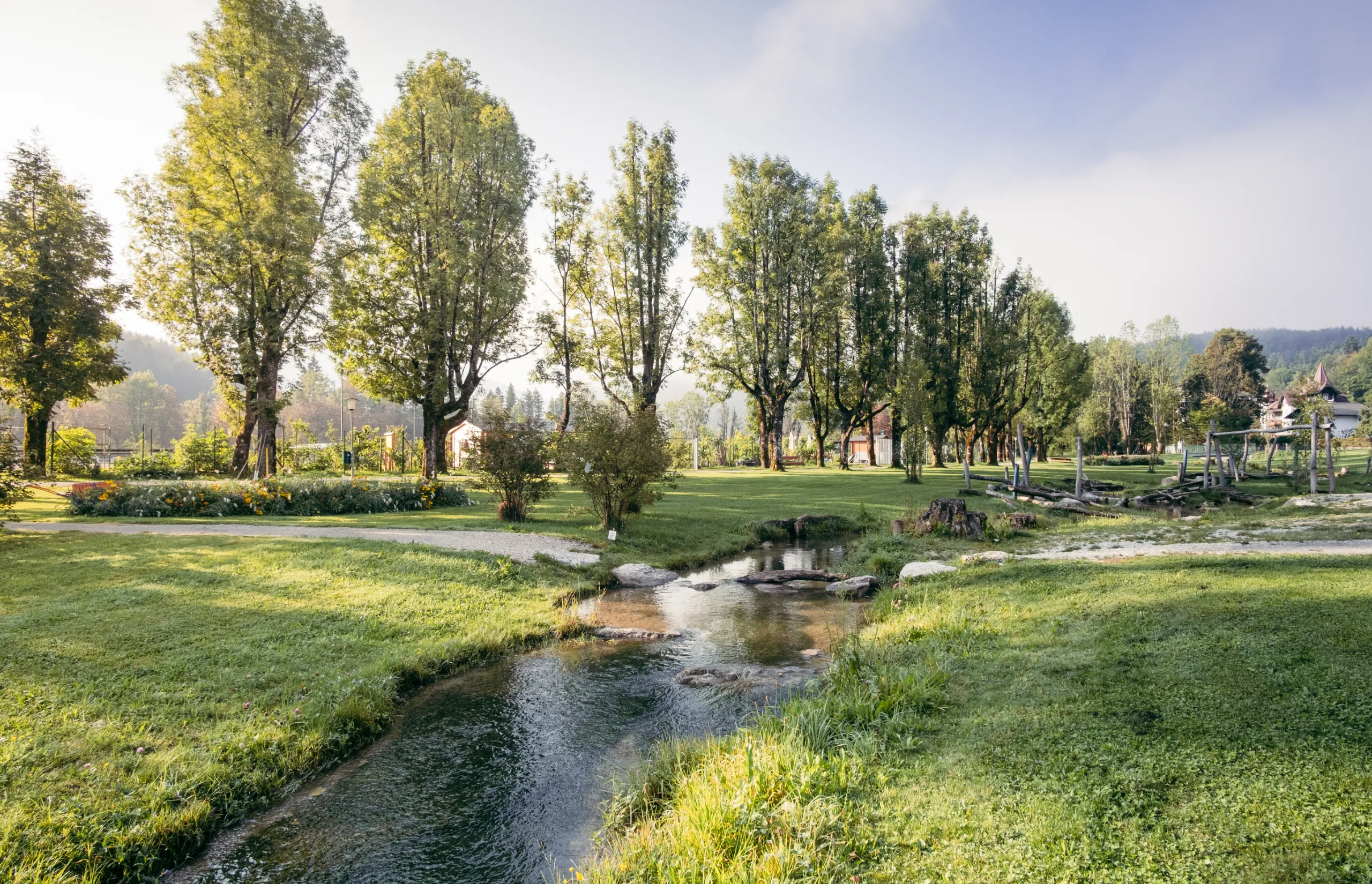
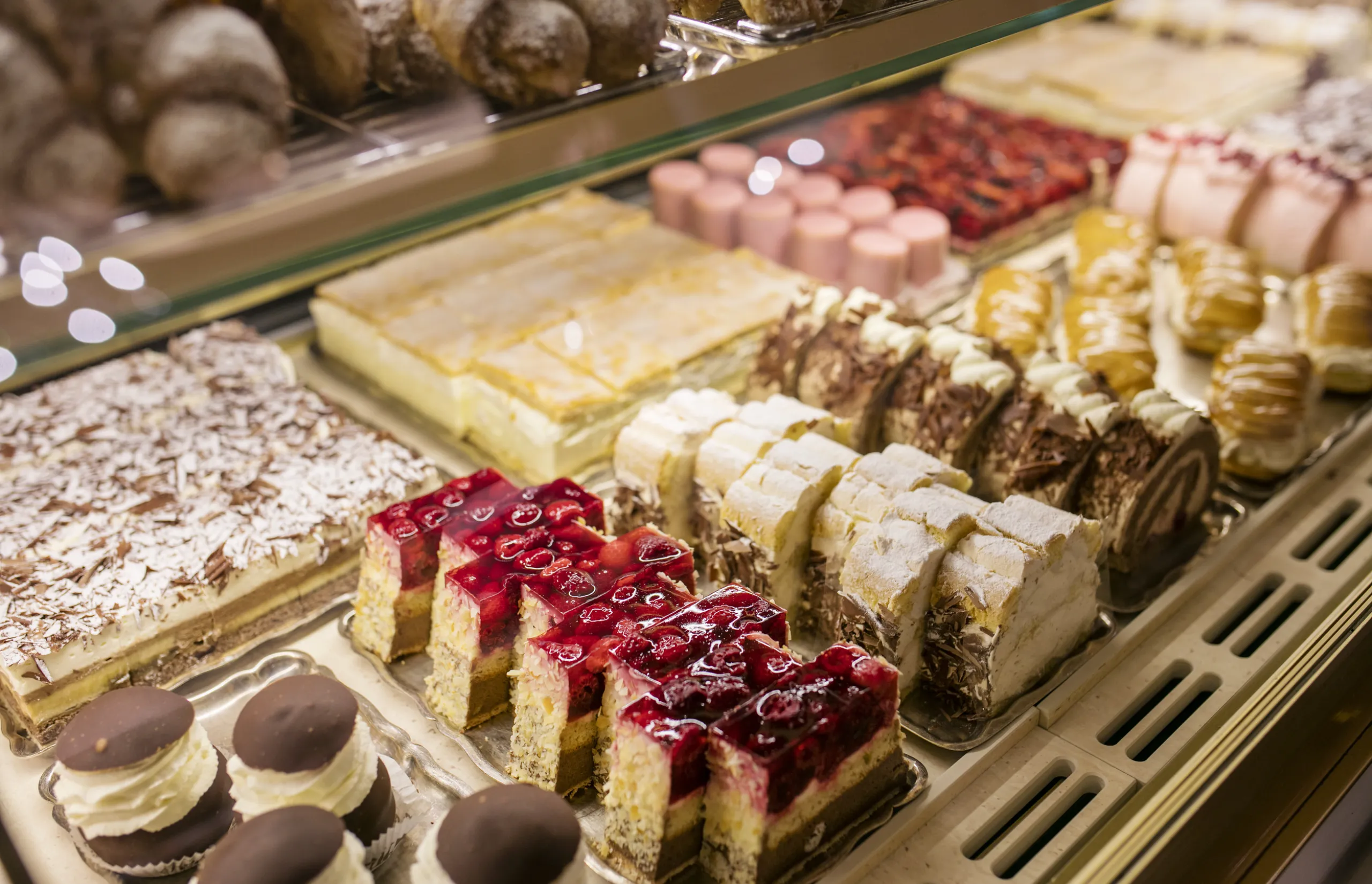
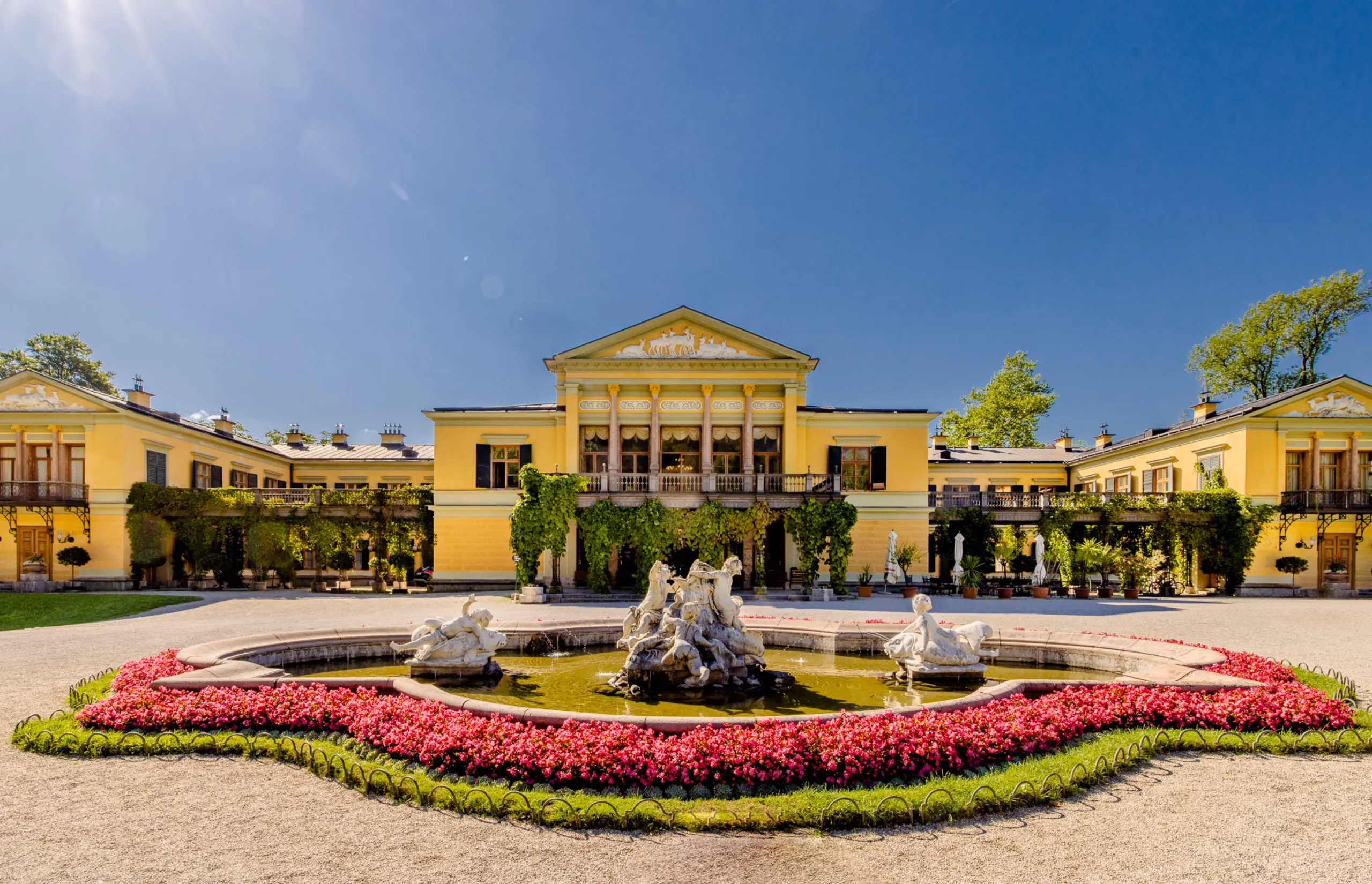
But the royal connection is never far from view. Amid Bad Ischl’s wonderful Wilhelmine architecture there are portraits and statues of Franz and Sisi, and even cafes named after the glamorous duo. In the gorgeous Café Sissy I order a slice of Zauner chocolate cake – a dense bite of rich chocolate and hazelnuts – and drink coffee Viennese-style while admiring photographs and drawings of the Emperor and Empress depicting various phases of their life together.
Equally revered is the 1832 Zauner Café, on the main esplanade and surrounded by lederhosen shops. I linger here for trout dumplings and smoked red char, the fish pulled straight from the town’s river, as well as glossy iced gateaux and kaiserschmarrn, a type of pancake with raisins.
Natural selection
I channel my inner royal one afternoon while visiting the Eurothermen Resort on the outskirts of town. There’s a saltwater grotto and bathtub-warm brine pool, where I float without a care. And a ‘lazy river’, perfect for gliding along without effort. I sit in bubble seats and relieve muscle tension under massage jets. And I finally indulge in a collagen-producing treatment that involves ingredients like truffle, gold and pearl extract. I can understand why Sisi and Franz were so fond of this pocket of paradise – it’s like a salve for the soul.
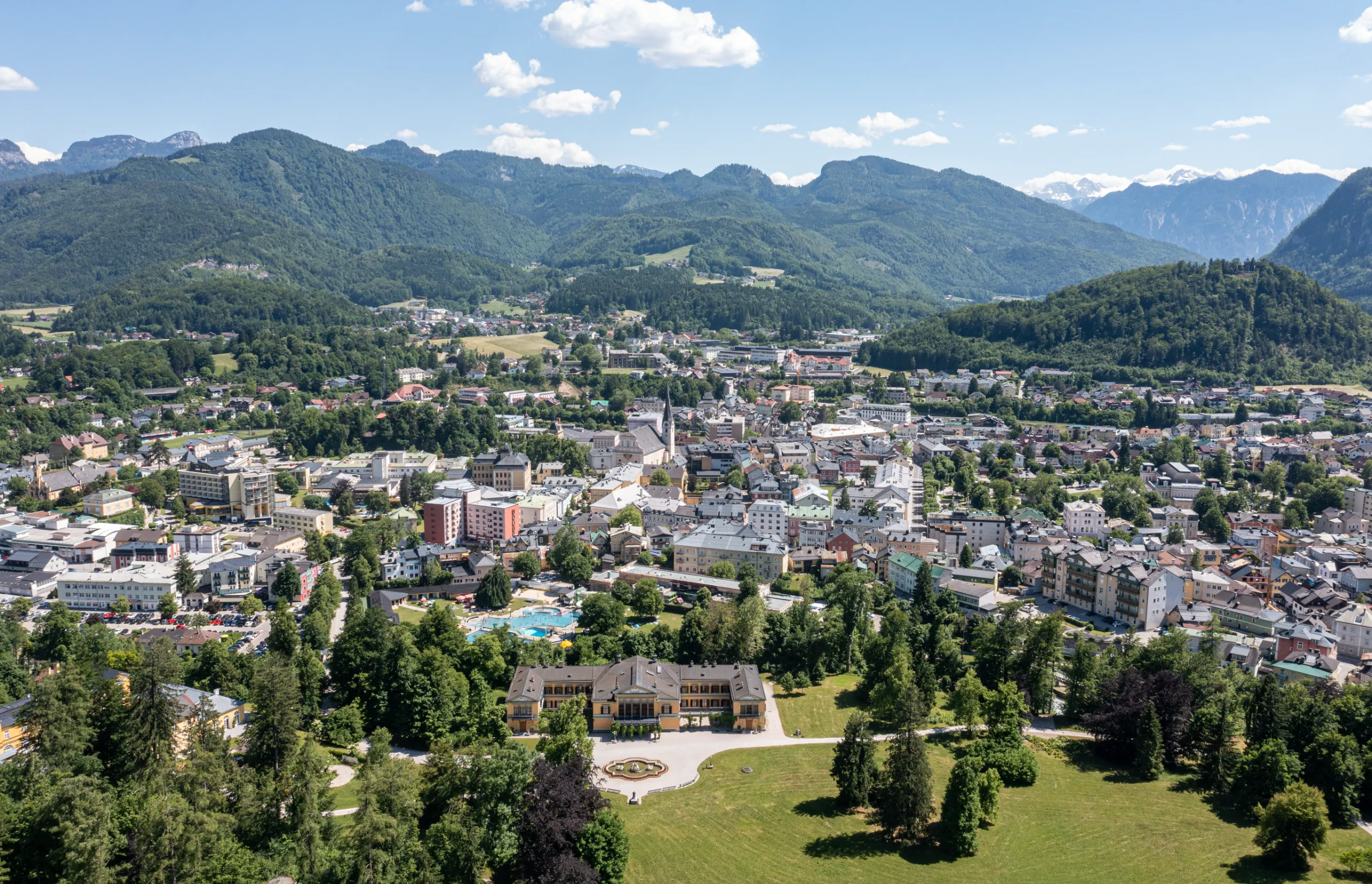
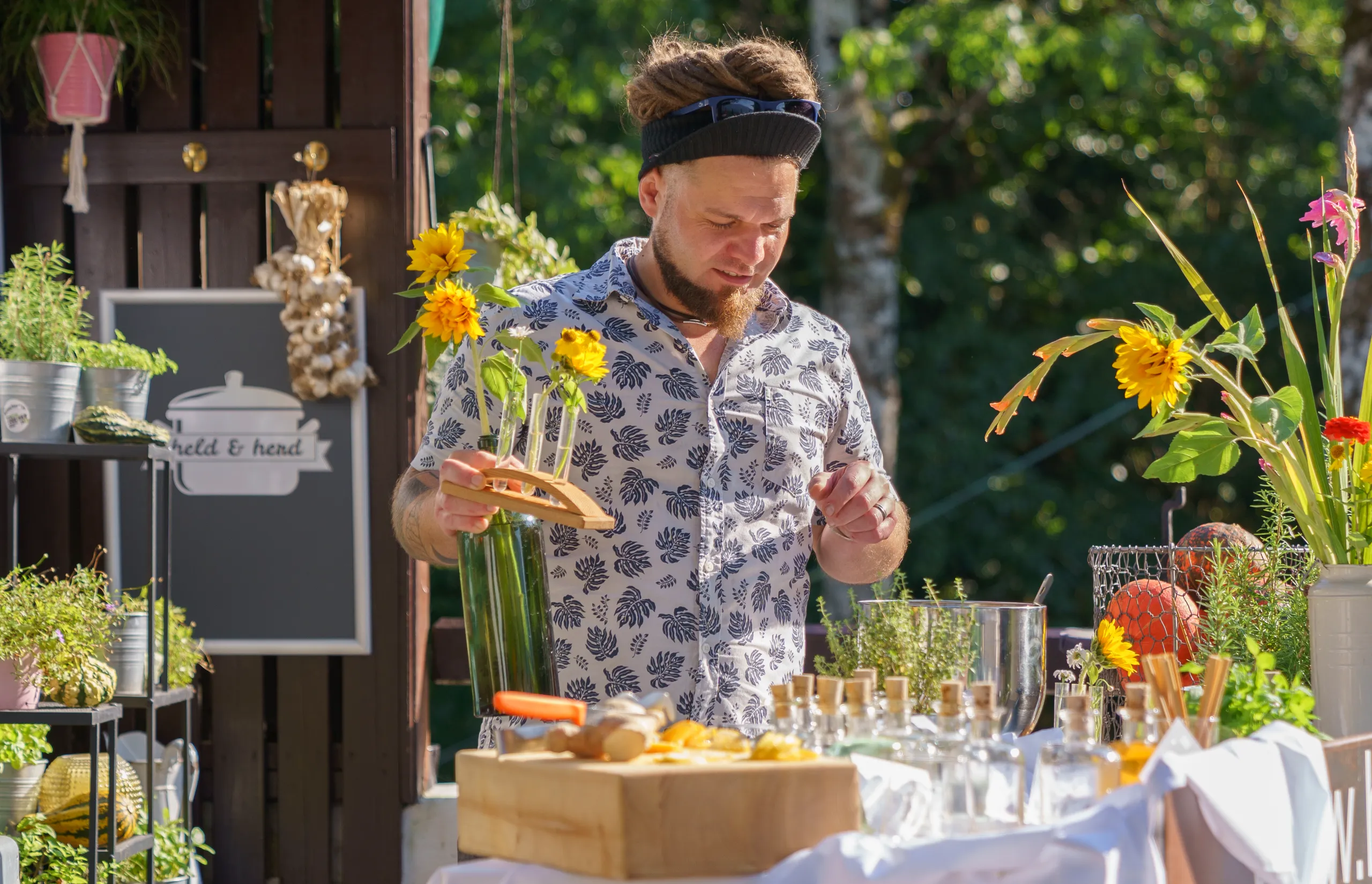
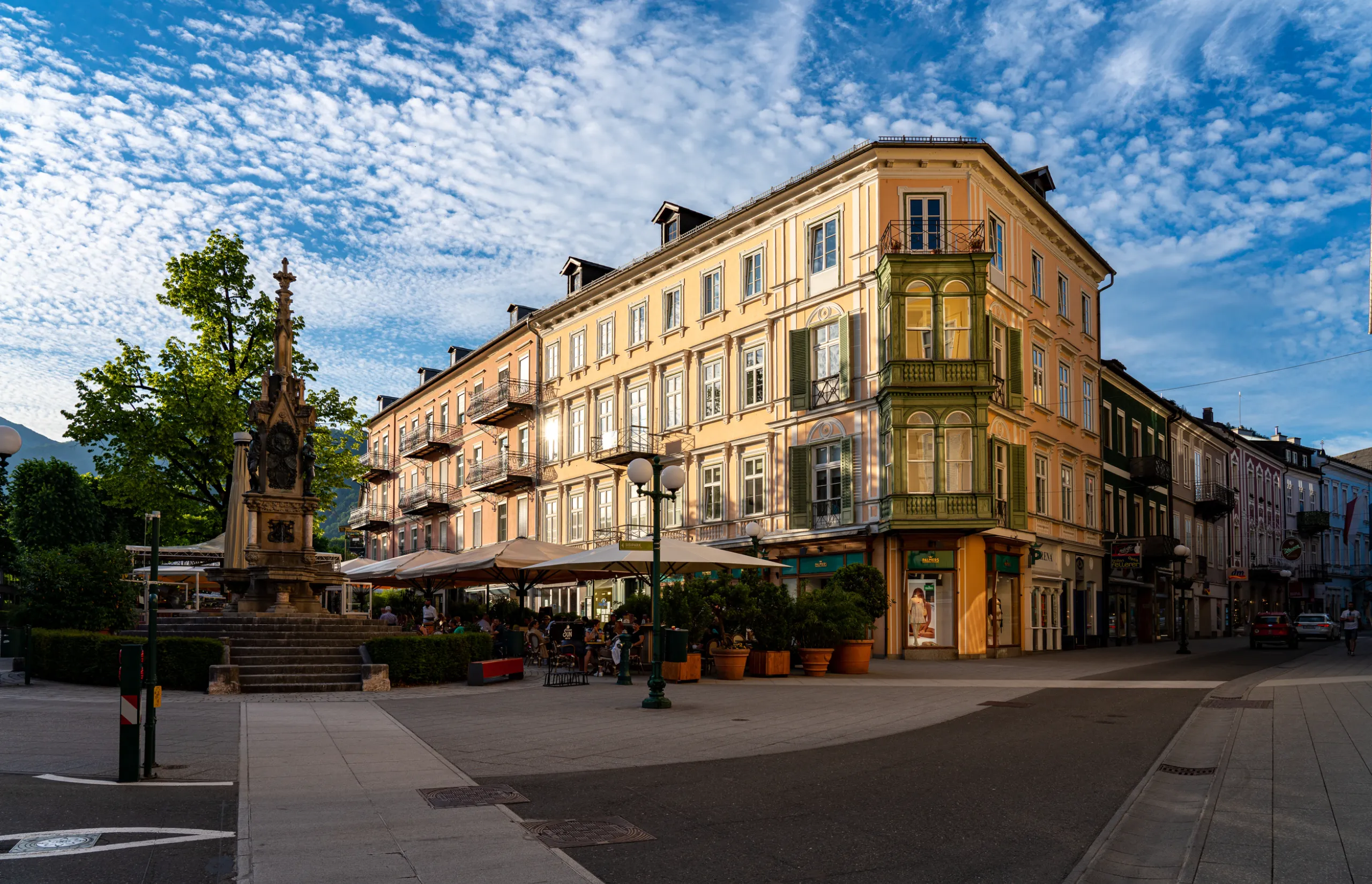

Getting there
Bad Ischl is around 50 kilometres from Salzburg and 300 kilometres from Vienna. There are buses and trains between destinations. The city is easy to explore on foot.
Where to stay
Check in to Villa Seiler and you’re greeted by a handsome 1881 building with charm to spare. This is where meals are served, while rooms are housed in a newer wing – many come with enormous patios overlooking gardens perfumed with jasmine. villaseilern.at
For more information on Bad Ischl visit austria.info.
Latest Articles
Don't miss the latest from Luxury Travel
